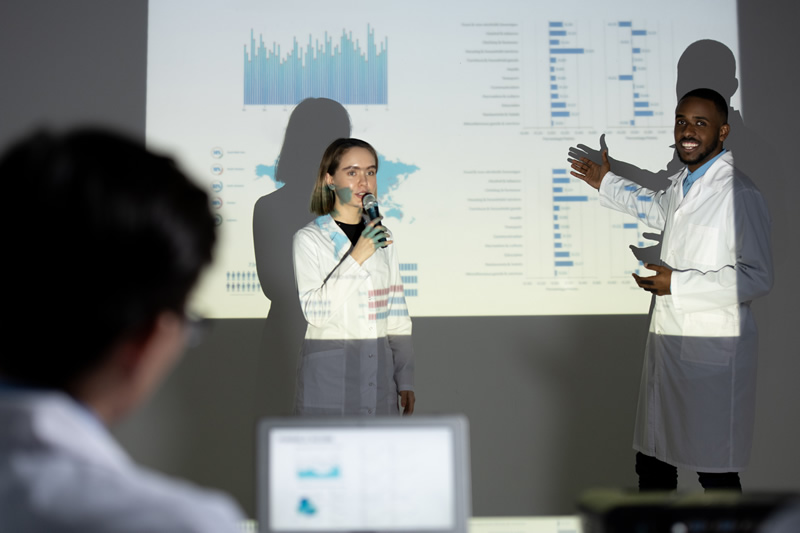Scientific discourse is a global endeavor that transcends borders and connects minds from diverse cultural backgrounds. However, the language used in scientific communication is not immune to the influence of cultural nuances. The intricate tapestry of languages and cultures worldwide adds a layer of complexity to scientific translation, influencing not only the literal meaning of words but also the broader contextual understanding. This article delves into the impact of cultural differences on scientific translation, exploring the subtleties of language and the broader contextual disparities that can significantly affect cross-cultural scientific communication.
The Role of Language in Scientific Translation
Linguistic Nuances: Scientific language, characterized by precision and objectivity, often relies on specific terminology and jargon. However, the translation of scientific texts involves more than just finding equivalent terms in another language. With scientific translation, cultural variations in language may introduce nuances that alter the intended meaning. For instance, a concept in one language may lack a direct equivalent in another, leading to the need for descriptive elaboration that may not fully capture the original idea.
Ambiguity and Polysemy: Scientific terms may carry different meanings in various cultural contexts. Ambiguity and polysemy – the existence of multiple meanings for a single word – can lead to confusion in translation. The challenge lies in selecting the most appropriate interpretation that aligns with the author’s intended message. Failure to recognize these variations can result in misinformation and miscommunication.
Contextual Disparities in Scientific Communication
Societal Values and Beliefs: Scientific research is not conducted in a cultural vacuum. Researchers are influenced by the societal values and beliefs prevalent in their respective cultures. As a result, scientific findings may be framed differently based on cultural perspectives. Understanding these underlying cultural influences is crucial for accurately interpreting and applying scientific knowledge across different contexts.
Ethical Considerations: Cultural variations in ethical norms and standards can impact the interpretation of scientific research. What may be considered ethically acceptable in one culture might be deemed controversial or unacceptable in another. Acknowledging these differences is vital to ensure that ethical considerations are appropriately addressed and that research is conducted and applied in a culturally sensitive manner.
Bridging the Gap: Strategies for Effective Cross-Cultural Scientific Communication
Cultural Competence: Developing cultural competence among scientists, translators, and communicators is essential for navigating the intricacies of cross-cultural scientific communication. This involves an awareness of cultural nuances, sensitivity to diverse perspectives, and the ability to adapt communication strategies accordingly.
Collaborative Research and Translation: Promoting collaborative research involving scientists from different cultural backgrounds can foster a more comprehensive understanding of cultural influences on scientific discourse. Similarly, collaborative translation efforts that involve input from both language experts and subject-matter specialists can enhance the accuracy and fidelity of scientific translations.
Education and Training: Integrating cultural competency training into scientific education and translation programs is crucial. Researchers, translators, and communicators should be equipped with the skills to navigate cultural nuances effectively. This includes an understanding of the cultural factors that may impact scientific communication and the ability to communicate findings in a way that respects diverse perspectives.
Summarizing
In global scientific research, effective communication is required. As scientific discourse transcends linguistic and cultural boundaries, it is imperative to recognize and navigate the nuances that can impact the accuracy and meaning of translations. By fostering cultural competence, promoting collaboration, and incorporating cultural sensitivity into scientific education, we can bridge the gap and ensure that scientific communication remains accurate, meaningful, and universally accessible. Lost in translation no more, the scientific community can thrive in a culturally diverse world, where knowledge knows no borders. Enlisting the help of a translation agency like TrueLanguage and Powerling can give you the tools and assistance you need to ensure you accomplish accuracy in your scientific translations.


